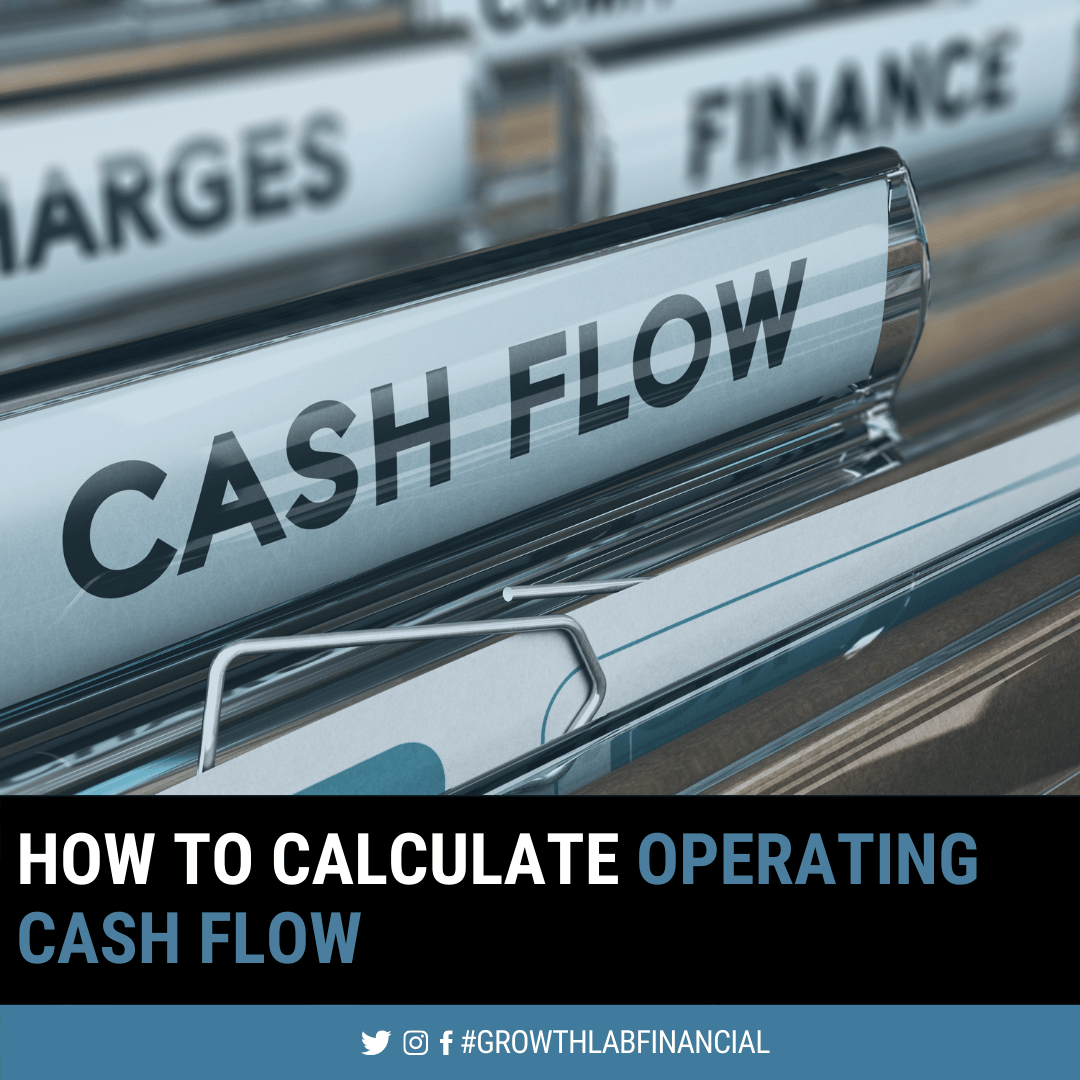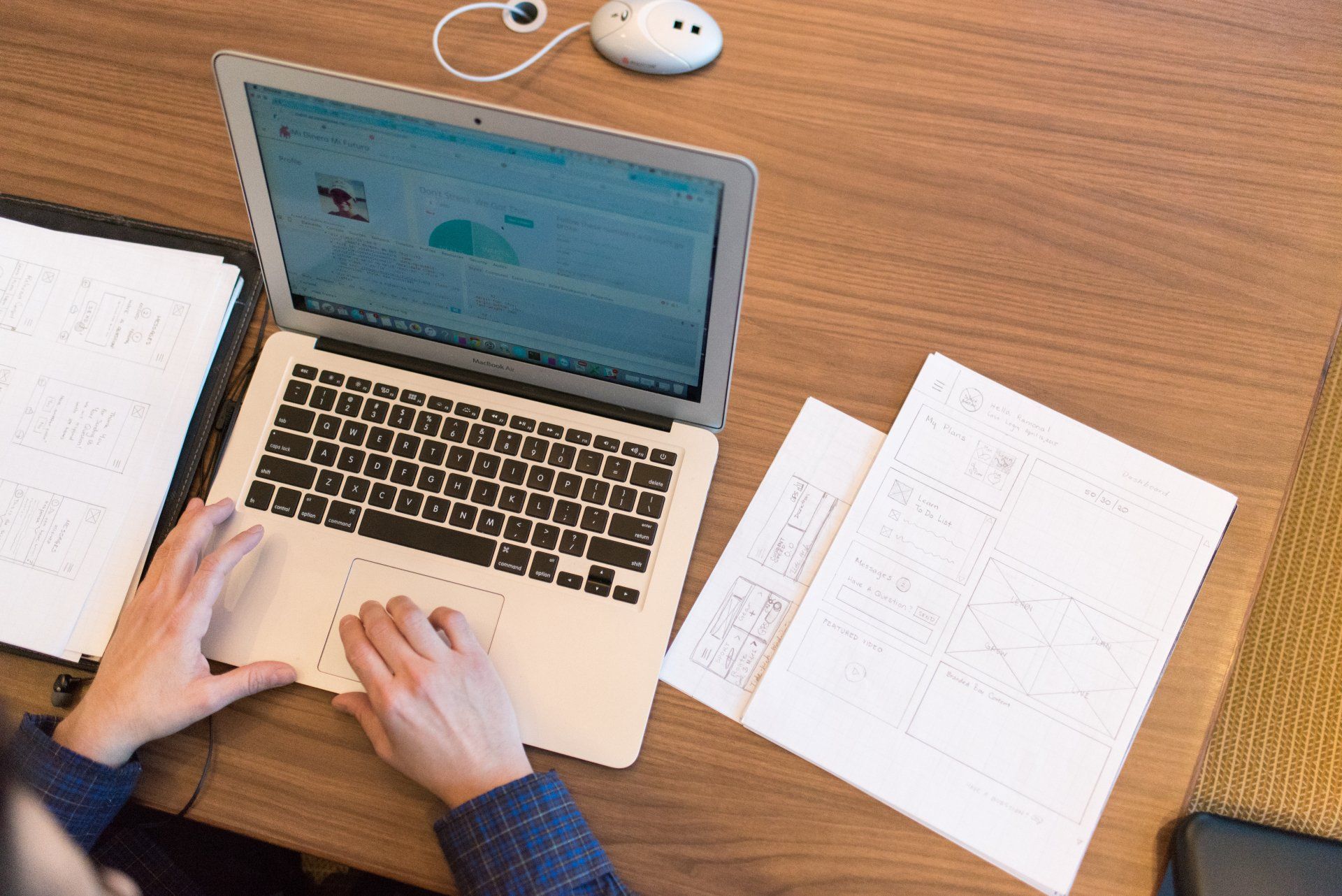10 Steps to a 13-Week Cash Flow
10 Steps to a 13-Week Cash Flow
Whenever GrowthLab builds a 13-week cash flow, we are guided by our 10 step approach to a 13-week Cash Flow. Based on the unique needs/functions of a business, we do sometimes deviate from these 10 steps. However, that is more of the exception than the norm.
Check out GrowthLab’s Cash Flow Template.
Step 1: Your Starting Balance is Your Beginning Cash Balance
Every Monday morning, GrowthLab re-starts the weekly process of updating the 13-week cash flow tool. We tally up your cash balances from all your accounts and update the beginning balance at the top of the sheet.
Step 2: Anticipate Your Revenue and Know Your Invoicing Process
Cash flow is all about how much cash and timing of cash. On the revenue side, we start by understanding your invoicing cycle. Do you invoice daily, weekly, or monthly? Do you pull cash via ACH or credit card? Do you charge your customers up-front on an annual basis? Do you have annual contracts and monthly recurring revenue agreements? In developing a 13-week cash flow, timing is everything.
Download Our 13 Week Cash Flow Template
Recurring revenue businesses have this step fairly easy, but not every business has recurring revenue Anticipating customer demand can be daunting, but we do have a few tricks up our sleeves. One of our methods is to look at last year’s seasonal patterns and overlay growth with seasonality. Another method is the forward-looking approach which is possible when you have a purchase order (PO) process, a bidding process, or a quoting and estimating component. In this case, when we have a defined pipeline of revenue, we anticipate a certain conversion rate and certain conversion timing. Obviously, forward-looking customer demand is a better measure of anticipated revenue than the alternative.
Step 3: It all Starts With Your Collections
Our first step to driving cash inflows is to pull your accounts receivable aging report from your general ledger. If you don’t have one, you should! You should know who owes you money, how much, and when. GrowthLab will bucket your customers based on historical collection patterns. In other words, who owes you what in this week? Next week? And in week 6, for example. And be realistic. Don’t assume you’ll receive money immediately. Processing takes time. And know your Customer’s behavior: who usually pays you in 30 days, 60 days, and 90 days?
Step 4: Let’s Decide who you are Going to Pay and When
After GrowthLab has modeled out what cash you expect to receive, we figure out who you are going to pay. If your accounting is on an accrual basis, pull your latest accounts payable report by vendor and by due date. Once you have the aging report, we go down the list and mark each vendor A, B, or C. Vendors who have an “A” are those you are going to pay in the next month, “B” get paid in the next 60 days, and “C” get paid at the end of your 13-week planning cycle. Be careful, don’t squeeze your vendors too much, because one day you may need them.
Step 5: Payroll… Can’t Forget it, Don’t Miss it
We know that for most companies, payroll is both the largest cash expense and the most predictable cash expense. GrowthLab will Figure out what your anticipated payroll cash requirements are for each payroll. Next, make sure you have the timing right. Do you pay employees weekly, biweekly, twice per month month, or once per month? Are there any anomalies to your typical pay run such as commissions, bonuses, or one-time payments? For a 13-week cash flow schedule, total cash outlay and timing is key to successful planning.
By the way… don’t forget about your contractors, some companies treat them like vendors, others pay them through payroll. What is your process?
Step 6: Monthly Recurring Expenses – Auto Debit & Credit Cards
Even though many companies are on accrual accounting, there are many expenses that impact cash flow immediately. Today it is very common for vendors such as software-as-a-service and other technology service providers to either pull funds directly from your bank account via ACH or debit or charge your credit card. Other expenses that are often billed this way are rent, mortgage, utilities, etc. The ACH and debit card transactions never hit your accounts payable and the credit card transactions are lumped together in your credit card bill.
To add credit card cash payment to your 13-week cash flow, GrowthLab will take a look at your bill for the next payment. Enter it on the 13-week tool. To estimate future credit card bills, it is good practice to add up all recurring credit card transactions. Then add a buffer for non-recurring and ad-hoc expenses. Take this sum and then add it as the cash outflow your 13-week cash flow based on your credit card statement due date.
Step 7: Expecting the Unexpected
One-off transactions catch all businesses by surprise. Machines break, computers need upgrading, accidents happen, HVAC systems go down, customers take longer to pay you.
Building a 13-week cash flow tool gives you better visibility and decision-making ability when dealing with the unexpected. It is best practices to anticipate the need for a buffer to deal with the unexpected. You can build this buffer in to your own cash balance — making it a “rule” that you don’t let your ending cash balance fall below $XXX. Another angle is to develop good banking relationships and establish a line of credit as a lifeline.
Step 8: Inventory Purchases
This won’t apply to every company, but for those who buy inventory: don’t forget the lumpiness of cash from inventory purchases. GrowthLab Starts by understanding your annual inventory turns and anticipating your customer demand cycle. GrowthLab will think about your inventory buying patterns over the last few months in an attempt to extrapolate that over the next 13 weeks. Overlay this with a schedule of inventory POs that you have issued (made a commitment to pay) and the timing of the due dates of those payments. Again, be more granular (use your POs) on the near-term weeks and project out (use your historic buying patterns) for the out-weeks where you don’t have visibility.
Step 9: Developing your 13-Eeek Cash Flow
Using the data that GrowthLab gathered above, we build out a spreadsheet where your columns are your 13 weeks and the rows make up your: cash balance, accounts receivable collections, accounts payable, and capital expenditures and special financing events. Then let's take your beginning cash balance on Monday, add in your weekly collections, subtract your accounts payable and any other cash outflow from inventory, capital expenditures, debt payments, etc. Add in any cash from new financing, and calculate your ending cash balance as of Sunday. Do that for all 13 weeks.
Step 10: Reconcile it
GrowthLab will Reconcile your anticipated weekly ending cash balance with your actual ending cash balance on Sunday. Reconciling this means identifying the difference between (a) the cash balance you expected to end the week with versus (b) your actual ending cash balance and then identifying what happened or didn’t happen to cause the difference of (a) versus (b). And, lastly, GrowthLab repeats steps 1 to 10 every Monday! Make sure you know how to read a
statement of cash flows so you can properly understand what the numbers mean.
Looking for more information on Cash Flow? Check out some more of our resources below!
Check out More of our Recent Content!

GrowthLab is your Finance-as-a-Service partner
that serves Founders and Management Teams with





